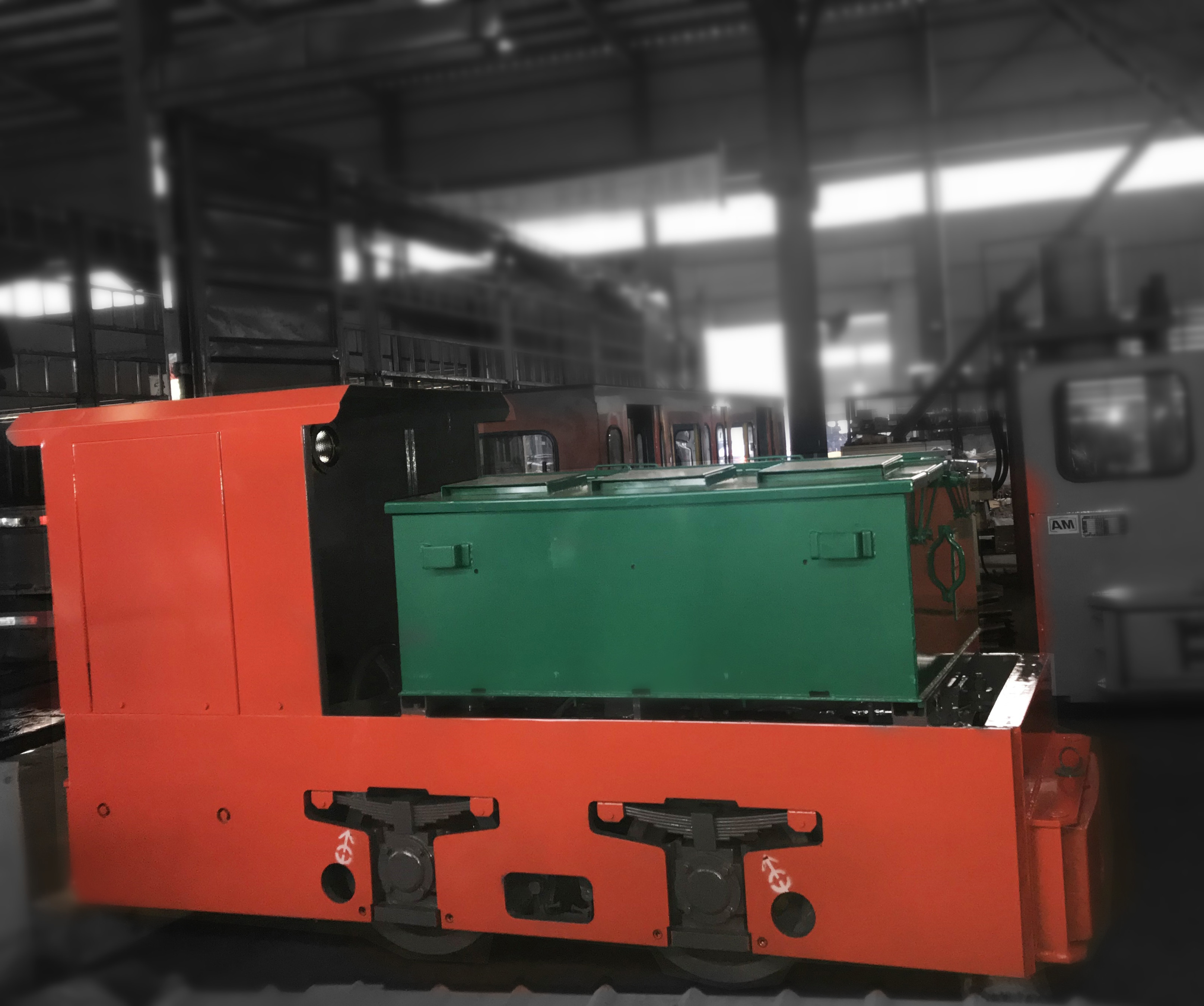Common Problems And Faults In The Application Of Electric Locomotive Battery
Date:2021-08-04
What are the common problems in the application of electric locomotive battery? And what are the faults?
1. Overcharge: The charging and discharging process of the battery does not produce hydrogen and oxygen, but in the case of overcharging, the positive and negative plates have no lead sulfate for conversion, the positive plate will generate oxygen, and the negative plate will generate hydrogen. When the gas generated by the positive and negative plates is too fast and the pressure is too high, it will be sprayed together with the electrolyte, which not only causes loss of raw materials, waste of electric energy, but also damages the battery, overheating, deformation, and even positive and negative plates. Short circuit phenomenon. Therefore, in accordance with the requirements, the daily charging time can reach 8 h ~ 10 h, the total voltage is charged to about 265 V, and the voltage can be stopped within 3 h of the voltage to stop charging, so as to prevent overcharging. When the battery is hot, it should be charged to a small current.
2. Battery capacity reduction: in addition to battery aging, over-discharge, active material reduction, plate shedding, quality problems, etc.
In addition, too low electrolyte density is also responsible for the reduction in battery capacity. In routine maintenance, the specific gravity of the electrolyte should be measured frequently by a hydrometer. When it is less than 1.23 kg/L, the electrolyte should be adjusted to the standard value to ensure that the battery is charged with enough electricity to ensure the capacity of the battery.
3. Sparks on the surface of the battery: During the charging process of the battery, sparks are generated on the surface of the battery, usually at the corners, and between the plastic separator or the steel plate. This is a discharge phenomenon, which is caused by electrolyte overflow. If the battery compartment, the battery cover is broken, the electrolyte is dripping during the injection, the filling in the battery is too full, the cock is short or not tight when the locomotive is running, etc., the primary battery is formed between the two points, and the potential difference is generated. The circuit produces an electric spark. Rinse the electrolyte with clean water and keep the battery surface clean and dry. The proper level should be maintained and the special vent plug should be tightened. If the battery case is broken, it must be disposed of or replaced.
4. Plate vulcanization: When the battery plate is vulcanized, the following phenomena will occur: During the charging process, the voltage at the beginning and end of the charging rises faster, and finally reaches 2.9 V, which is much higher than the final battery voltage of 2.6 V. The electrolyte density rises slowly. During the charging process, the plates are prematurely bubbled and the electrolyte temperature is high. During discharge, the terminal voltage and electrolyte density decrease much faster than normal batteries. The reason why the plate is vulcanized: First, the reason for charging. Insufficient long-term charging or long-term semi-discharge, the electrolyte liquid level is lower than the electrode plate, causing the plate to be exposed for a long time. The electrolyte temperature is often higher than 40 °C; after the electricity is discharged, it is not charged in time. The second is the cause of discharge. Frequent over-discharge, the formation of more lead sulfate in the plate, can not be recovered during charging, resulting in internal expansion, bending, fracture, easy to produce more lead sulfate in the inner layer of the plate, the consequences are the same as excessive discharge. The solution is as follows: The battery should be charged once every 50 cycles of charge and discharge. After the discharge is completed, the voltage should be measured one by one. If the battery capacity is lower than 80%, the charge should be resumed again. The capacity is less than 50%. If it has been severely vulcanized, it should be replaced. The battery pack must avoid over-discharge during use. The discharge termination voltage must not be lower than the voltage of each battery terminal by 1.75 V.
5. Short circuit of the pole plate: The phenomenon that occurs when the battery plate is short-circuited is: When charging and discharging, the terminal voltage is low.
